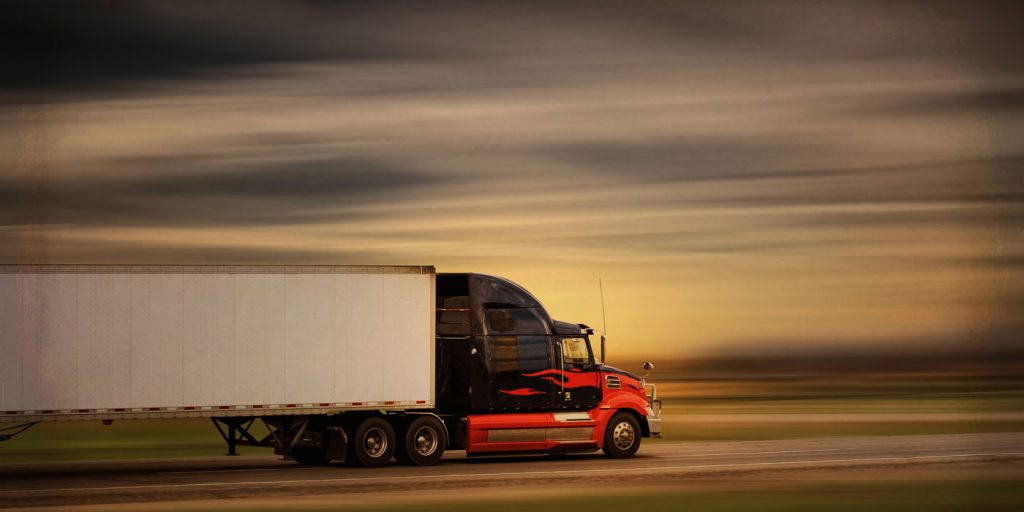Over the last several years, many in the fleet industry has begun to realize a shift in the way truck lifecycle and tractor longevity is viewed. Fewer fleets are purchasing trucks as assets and holding onto them for longer periods to squeeze every ounce of operation from the unit. This philosophy was believed to help organizations save money by extending the replacement cycle out several years. Today, this has changed.
With the advent of business intelligence and data analytics and the help of third-party data consultants, fleets began to scrutinize their truck’s performance and calculate all costs associated with this extended lifecycle. The data-driven analysis of this lifecycle comes in the form of a truck fleet modernization study, where fleet data specialists help fleets scrutinize a bevy of performance data and economic factors in order to determine when it makes the most financial sense to invest in a newer truck as opposed to continue operating and maintaining the older unit.
The benefits of shorter lifecycles
Fleets today are now paying closer attention to a truck’s individual “tipping point,” the point at which it costs more to operate a truck than it does to replace it with a newer model. Elements such as the cost of fuel, utilization, finance costs, maintenance and repair are all factored into arriving at each truck’s unique tipping point, giving fleet operations personnel and finance departments better insights based on data and analytics into determining and calculating the best time to replace an aging truck. This data illustrates a clear ROI and overall cost savings from utilizing a shorter lifecycle.
What should be calculated in a fleet modernization study
A fleet study is conducted by extracting the fuel and mileage data directly from the tractor’s on-board computers (OBCs) or electronic logging devices (ELDs) through a proprietary interface. The fleet study includes depreciation and finance, maintenance and repair (M&R) and used truck values. For the best results, data should be aggregated by year, make, model, manufacturer, type and location.
The objective of each study is to optimize the entire fleet and to:
- Identify potential lifecycle cost reductions
- identify dormant equity invested in assets that can be redeployed to grow the business
- Identify opportunities to improve efficiency and productivity
- Provide a roadmap for customized fleet modernization solution
- Reduce downtime and eliminate spare trucks by providing new, more reliable equipment
- Provide per-unit P&Ls that can identify cost-savings opportunities
Through a comprehensive fleet analysis, organizations can discover a multitude of data metrics to identify an optimum fleet lifecycle and utilization, operational cost savings strategy and procurement strategy based on the Total Cost of Ownership.
Key items to review in a fleet analysis:
- Insights into fleet performance and variable and fixed ownership costs
- Mileage utilization per vehicle and model year
- Fuel economy overview and comparison
- Performance overview
- Lifecycle cost analysis
- M&R cost analysis
- Comparative cost analysis to determine the optimal time to upgrade equipment
- CO2 and NOx emissions analysis
- Lease vs. buy analysis
- Sales tax analysis
Fleet modernization studies have proven to be effective in helping organizations save millions to their bottom line. Recently, one fleet undergoing a comprehensive study was able to generate substantial savings. The analysis uncovered that truck utilization was lower than initially contracted, the equipment was in excellent condition, and the resale market for the used equipment was weaker than expected.
This detailed visibility enabled outside consultants to recommend an extension of the lease agreement, which included a third-party maintenance contract with guaranteed costs for the extended period. As a result, the fleet organization postponed a $35 million CapEx expense, and by completing the transaction 12-24 months prior to contract expiration, it saved $4.5 million over the two-year period, according to a study performed by Fleet Advantage.
With all of the business intelligence, data analytics and market knowledge available today, transportation fleets can make profit-saving decisions like never before and gain a competitive advantage.
This article was contributed by Katerina Jones, senior director of marketing and business development for Fleet Advantage.














